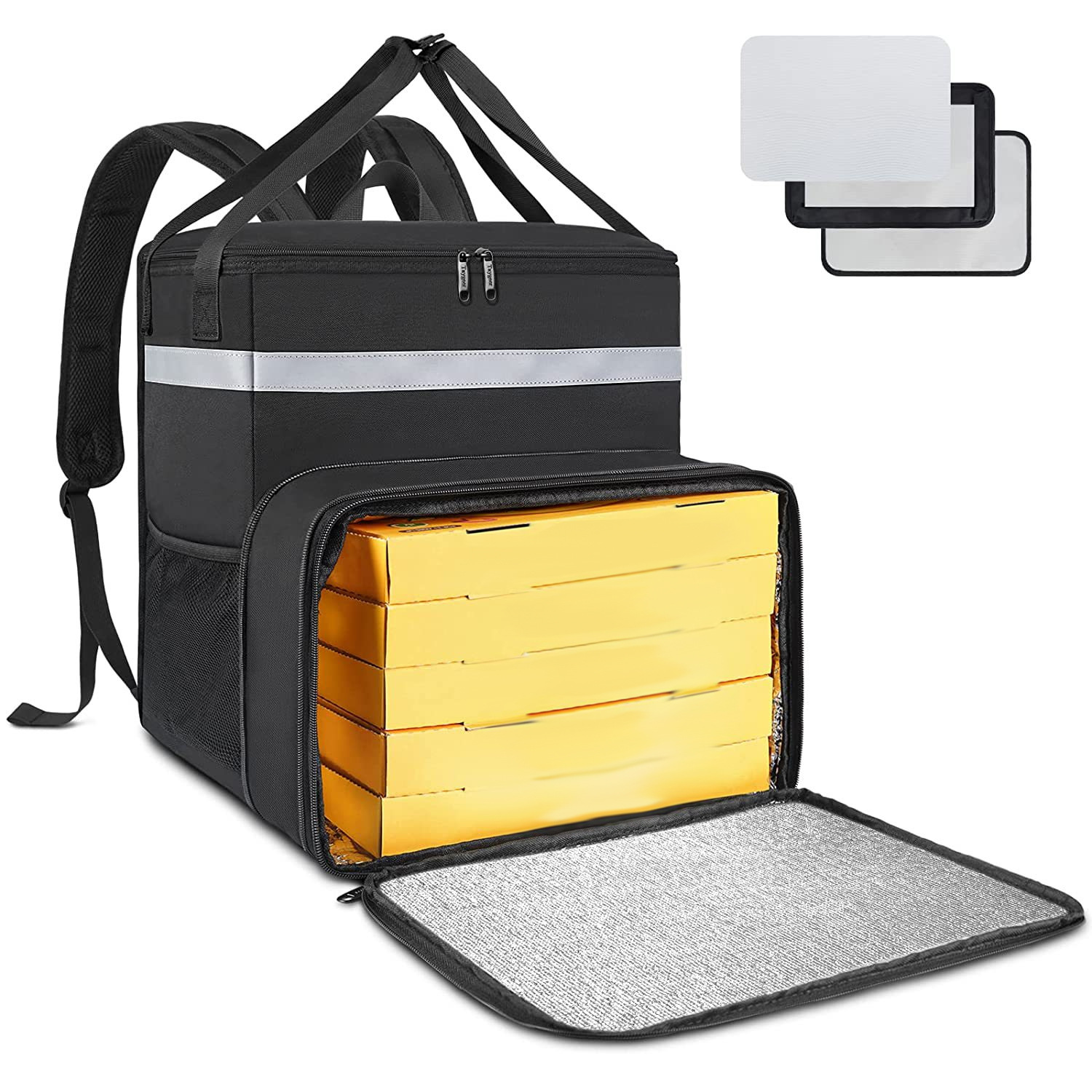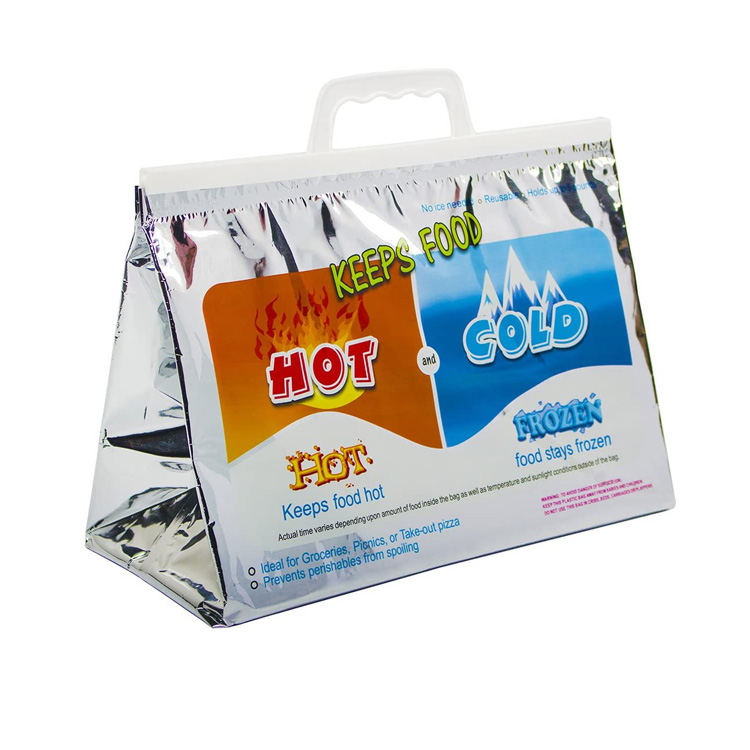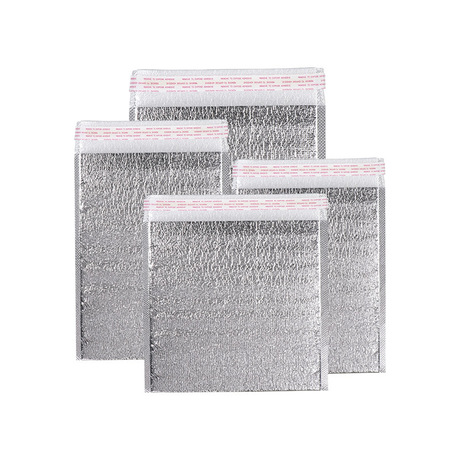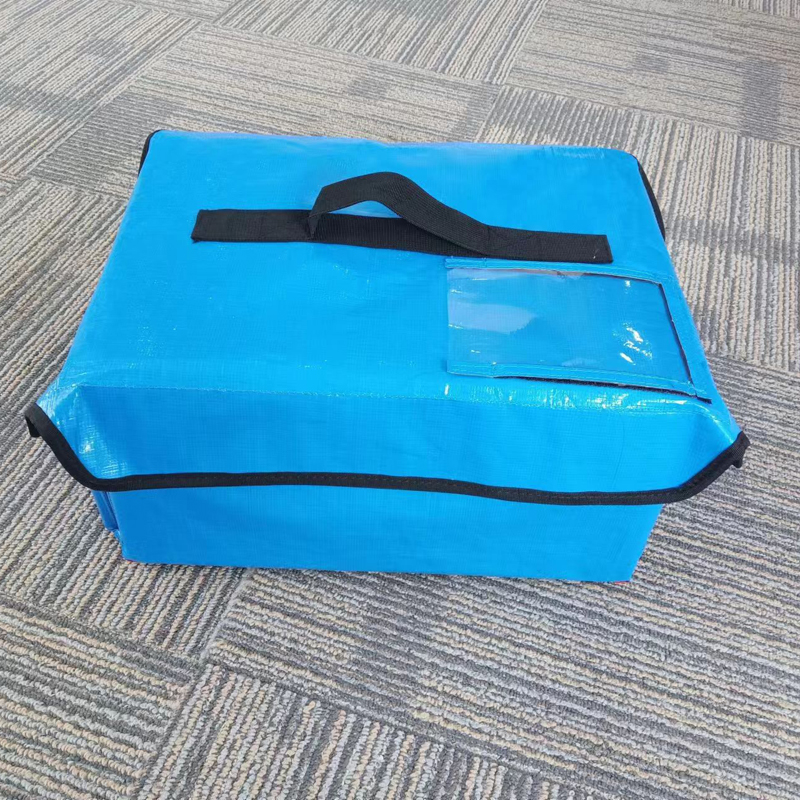Cold chain transportation refers to maintaining temperature sensitive items such as perishable food, pharmaceutical products, and biological products within a specified temperature range throughout the entire transportation and storage process to ensure their quality and safety. Cold chain transportation is crucial for maintaining product freshness, effectiveness, and preventing product damage due to temperature fluctuations. Here are some key points about cold chain transportation:
1. Temperature control:
-Cold chain transportation requires precise temperature control, which typically involves two modes: refrigeration (0 ° C to 4 ° C) and freezing (usually -18 ° C or lower). Some special products, such as certain vaccines, may require ultra-low temperature transportation (seperti -70 ° C to -80 ° C).
2. Key steps:
-Cold chain not only includes the transportation process, but also the storage, loading, and unloading processes. Temperature must be strictly controlled at every stage to avoid any “cold chain breakage”, which means temperature management is out of control at any stage.
3. Technology and equipment:
-Use specialized refrigerated and frozen vehicles, containers, ships, and airplanes for transportation.
-Use refrigerated and refrigerated warehouses at warehouses and transfer stations to store products.
-Equipped with temperature monitoring equipment, such as temperature recorders and real-time temperature tracking systems, to ensure temperature control throughout the entire chain.
4. Regulatory requirements:
-Cold chain transportation must comply with strict national and international regulations. Misalnya, food and drug regulatory agencies (such as FDA and EMA) have established cold chain transportation standards for pharmaceutical products and food.
-There are clear regulations on the qualifications of transportation vehicles, facilities, and operators.
5. Challenges and solutions:
-Geography and climate: Maintaining a constant temperature is particularly difficult during transportation in extreme or remote areas.
-Technological innovation: adopting more advanced insulation materials, more energy-efficient cooling systems, and more reliable temperature monitoring and data recording technologies.
-Logistics optimization: By optimizing routes and transportation strategies, reduce transportation time and costs while ensuring the integrity of the cold chain.
6. Application scope:
-Cold chain is not only used in food and pharmaceutical products, but also widely used in the transportation of other items that require specific temperature control, such as flowers, chemical products, and electronic products.
The effectiveness of cold chain transportation is crucial for ensuring product quality and consumer safety, especially in the context of increasing global trade and demand for high-quality products.























